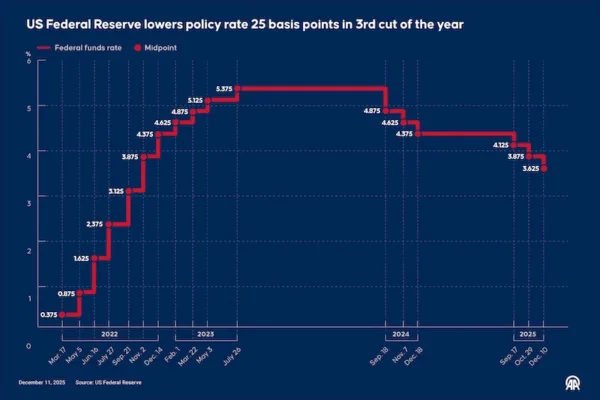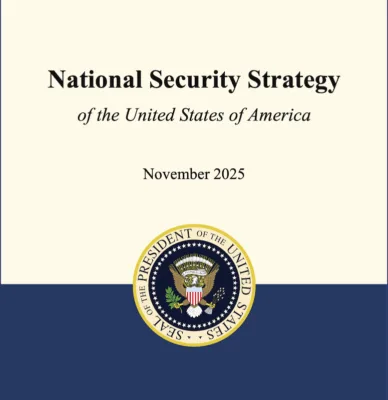Ethnic Tensions in China and Geopolitics of the Uyghur Question
The recent events that took place in China’s Xinjiang Uyghur Autonomous Region are attracting further attention to the Uyghur question and ethnic conflict in the region. Also known as East Turkistan, the region has witnessed different scales of ethnic tension, mostly as a result of the People’s Republic of China’s (PRC) policies of political suppression that have accelerated since the end of the Cold War.
The conflict reached its peak in the last decade, particularly in 2009 when Uyghurs protesting in Urumchi led to clashes between different groups and the government used extreme force against civilians, shut down Internet and cell phone signal for months and made mass arrests. Although there is a highly significant human rights dimension to the existing conflict in the region, which is well documented by human rights organizations and observers there, the cause of China’s attempt to consolidate its rule in the region and suppress any dissident voices is partly related to China’s broader strategic and foreign policy goals.
The Uyghur Autonomous Region (UAR) represents more than an ordinary border region for China. First of all, the region represents an important source of natural resources such as oil for the fast-growing Chinese economy. In addition, the region also has become a hub for energy transit routes from Central Asia and – after the construction of the pipeline from Gwadar Port in Pakistan to the region – from the Middle East and Africa to China. Since China became a net importer of oil and natural gas in the mid-1990s, the safety of energy routes and transit has constituted important pillars of economic security for China. Because of the insecurity of the sea lanes for the transit of oil and natural gas due to the long straits under the control of other governments such as Malacca and disputes over the territorial waters of the numerous islands in the South China Sea, the Chinese government is focusing on the diversification of energy routes and the establishment of land lines to provide better control of this energy transfer. In this respect, the UAR is the only location to provide a landline for transporting natural resources from the Middle East and Central Asia to China.
Secondly, the region also represents an important springboard for China to project power and influence to Central Asia and the Middle East. Especially since the beginning of the “Asia Pivot” policy of the U.S. in Asia Pacific and increasing tension between China and its eastern and southern neighbors such as Japan and the Philippines, the Chinese security establishment is becoming wary of the future of geopolitics in the region. There are frequently expressed concerns regarding a potential containment policy by the U.S. against China in the South and East. As a country which has vast Russian territories as its only northern neighbor and a strategic rival, India, as its southern neighbor the only way forward to exert influence and project power for China remains its western frontier. In order to have such an influence in Central Asia, the UAR becomes a significant springboard for China. Part of this is a well-crafted strategy of balancing the strategic and geopolitical pressure from its east with its forward deployed political and economic apparatus to its west.
These two strategic goals of Beijing make the UAR a very significant region for the future of Chinese foreign and economic policy. The firm grip of the Chinese government in the region, the extreme sensitivity of Beijing to any individuals or groups dissenting to its policies in the region, the increasing extent of Han migration, and assimilationist practices toward the Uyghurs are partly the result of the existence of these two broad strategic goals. In this respect, the Uyghur question means more than a minority problem or a threat for territorial integrity but in a broader sense is part of a geopolitical competition for the future of Asia.
This article was originally published in Daily Sabah on May 15, 2014.










